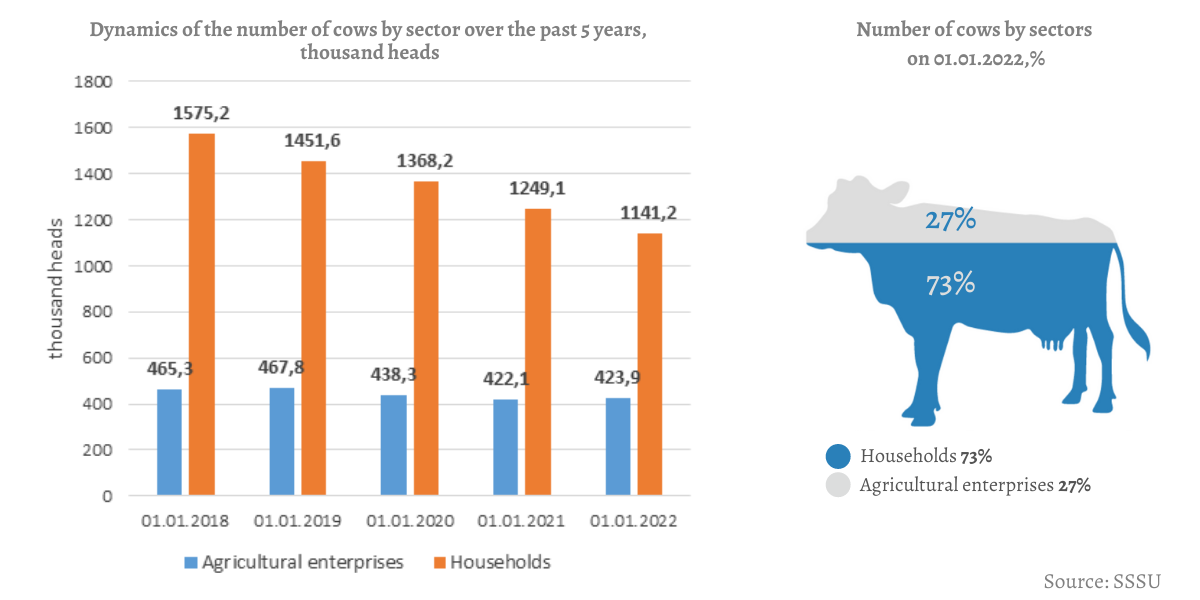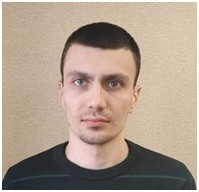According to published preliminary data of the SSSU, the total number of cows in Ukraine as of January 1, 2022 decreased by 6.6% - to 1 million 563.3 thousand heads.
This was reported by analyst of the Association of Milk Producers Yana Linetska.
In particular, 422.1 thousand cows were housing in industrial farms, which is 0.4% or 1.8 thousand less than on the corresponding date last year.
The expert notes that a significant decline, which does not surprise anyone today, is noted in households. They housing 1 million 141.2 thousand cows, which is 8.6% or 107.9 thousand less than last year. In general, the whole market expected such results, and the Association of Milk Producers predicted an annual reduction in the number of cows in the industrial sector within 1%, and in the population - within 9%.
In general, the distribution of forces is as follows: 27% of the total livestock is concentrated in industrial farms and 73% in households. Five years earlier, the picture was as follows: 22.8% to 77.2%. As we can see, the industry is undergoing an evolutionary transformation on the way to better milk production - the number of cows in the industrial sector is increasing, and the population is declining. In the next few years, this trend will only intensify.
According to the results of the year, the largest number of cows was housing by industrial farms: Poltava (54.2 thousand), Cherkasy (42.6 thousand) and Chernihiv (39.6 thousand) regions. At the same time, dairy farms in Kherson (6.6 thousand; + 11.9%), Mykolaiv (6.5 thousand; + 6.6%) managed to increase the number of cows the most compared to last year. and Volyn (18.5 thousand; + 5.7%) regions.
At the same time, the leaders of housing cows in the homestead were the following regions: Khmelnytsky (95.7 thousand), Odessa (77.5 thousand) and Transcarpathian (77.1 thousand). None of the oblasts increased the number of livestock during the analyzed period.
"2022 should be a turning point in determining the further vector of the dairy industry. Whether it will be able to continue the qualitative transformation in the future or stop halfway - will be seen in the first half of this year. The biggest role here is assigned to the main referee - the state. Will there be enough support from it (direct and indirect) for the development of the dairy industry, will emergency measures be effective during the global energy crisis and inflation, will there be a balance of trade practices in the producer-processor-sales chain, or will there be political will to defend domestic market through control of non-competitive dairy imports? - a whole range of measures, their efficiency and balance will determine the future of dairy farming ", - concludes Yana Linetska.



